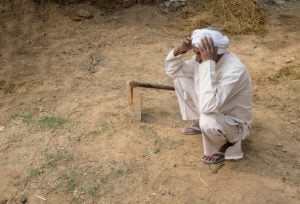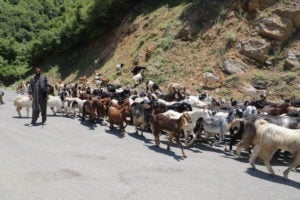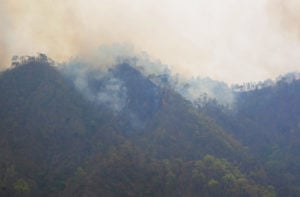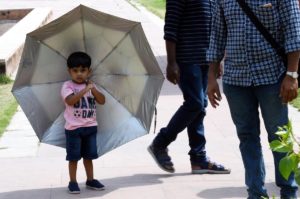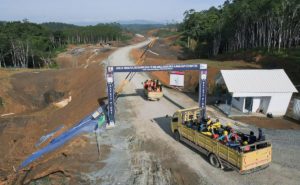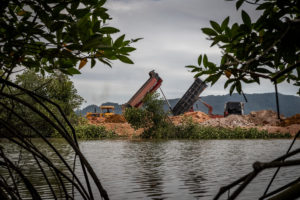Editor’s note: This is the second in a three-part video series that explores how people in some of South Asia’s hottest towns and cities experience crippling heatwaves. Filmed at the height of last year’s heatwave in May, and published on the cusp of this year’s hot season, vloggers from Bangladesh, India and Pakistan use video diaries to share a day in their lives in times of intense heat.
Through these vlogs, we explore the human impacts of soaring temperatures through the experiences of journalists from diverse backgrounds in three different countries. Complementing our reporting and analysis on the science of the climate crisis, the series depicts what it means to live in a region highly vulnerable to the impacts of climate change.
When South Asia swelters under a heatwave, air conditioners and refrigerators can help to beat the heat inside some homes – but this is not an option available to all. From farmers to students, many people across South Asia must look for other ways to keep cool. For Kumkum Yadav, a young journalist working for the news outlet Khabar Lahariya in Ayodhya, the northern Indian state of Uttar Pradesh, this means working early in the morning, covering her face and arms before going out, and retreating to the cooler washroom to study.
Yadav is preparing for India’s Civil Services Examination, a nationwide competitive recruitment test for civil service posts across the country. But the scorching temperatures of the spring heatwave make studying difficult. Adding to the challenge are frequent power cuts that stop her fan – one of her few defences against the melting heat.
In 2023, India has already recorded the hottest February since 1901. The country is now preparing for another heatwave, expected to hit between March and May.
Last year in April, heat strikes dominated news headlines across South Asia, as an early heatwave brought the summer heat unannounced, finding citizens unprepared. The average maximum temperature that month was 40.2C, the hottest since 2010. In an unusually early summer, the country witnessed four spells of heatwaves in March and April with temperatures mounting 8C higher than the average and the number of heatwave days being five times more than 2021.
The soaring temperatures affected both yields and the nutritional value of wheat crops, raising concerns over the future of agriculture and food security in an increasingly hot India. A World Bank report says that in a country where 75% of the workforce – 380 million people – depend on heat-exposed labour, the rising temperatures could impact the country’s economic productivity. The report also says India could soon become one of the first places where heatwaves break the human survivability limit.
Amid a pressing need for cooling, experts say building resilience during heatwaves requires early warning systems and heat action plans. To ensure those most affected get the support they need – without triggering further warming of the atmosphere – accessible and low-impact cooling techniques must be built into development strategies.
Watch part 1 and part 3 of our video series on surviving South Asia’s heatwaves.
Production credits:
Filmed by Kumkum Yadav
Edited by Lizi Hesling
Copyright notice:
This video is released under the Creative Commons Attribution Non-Commercial licence. For a copy of the video file or a clipreel of the footage used, please contact us at: [email protected].
